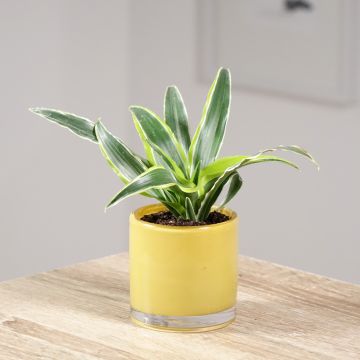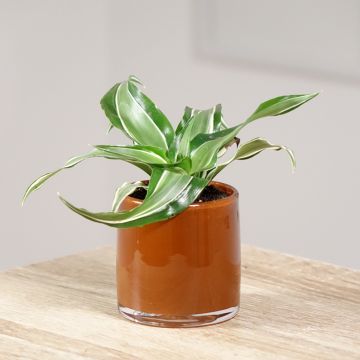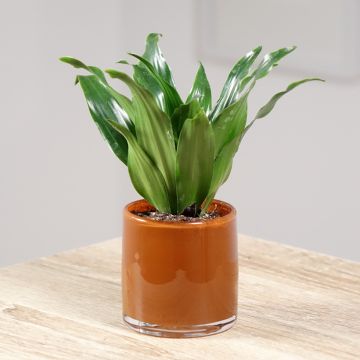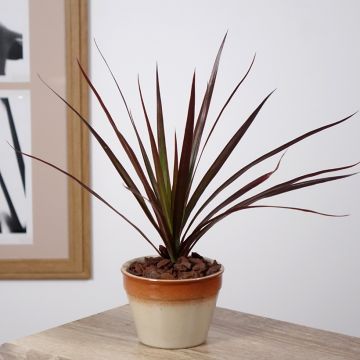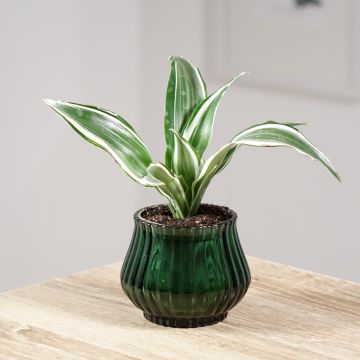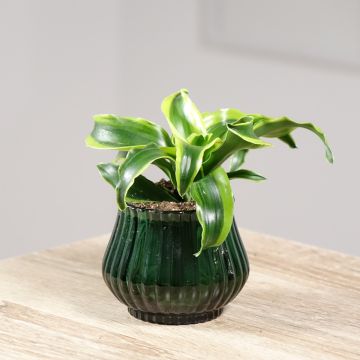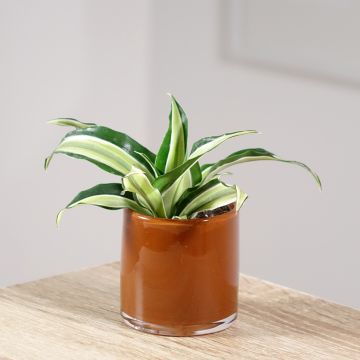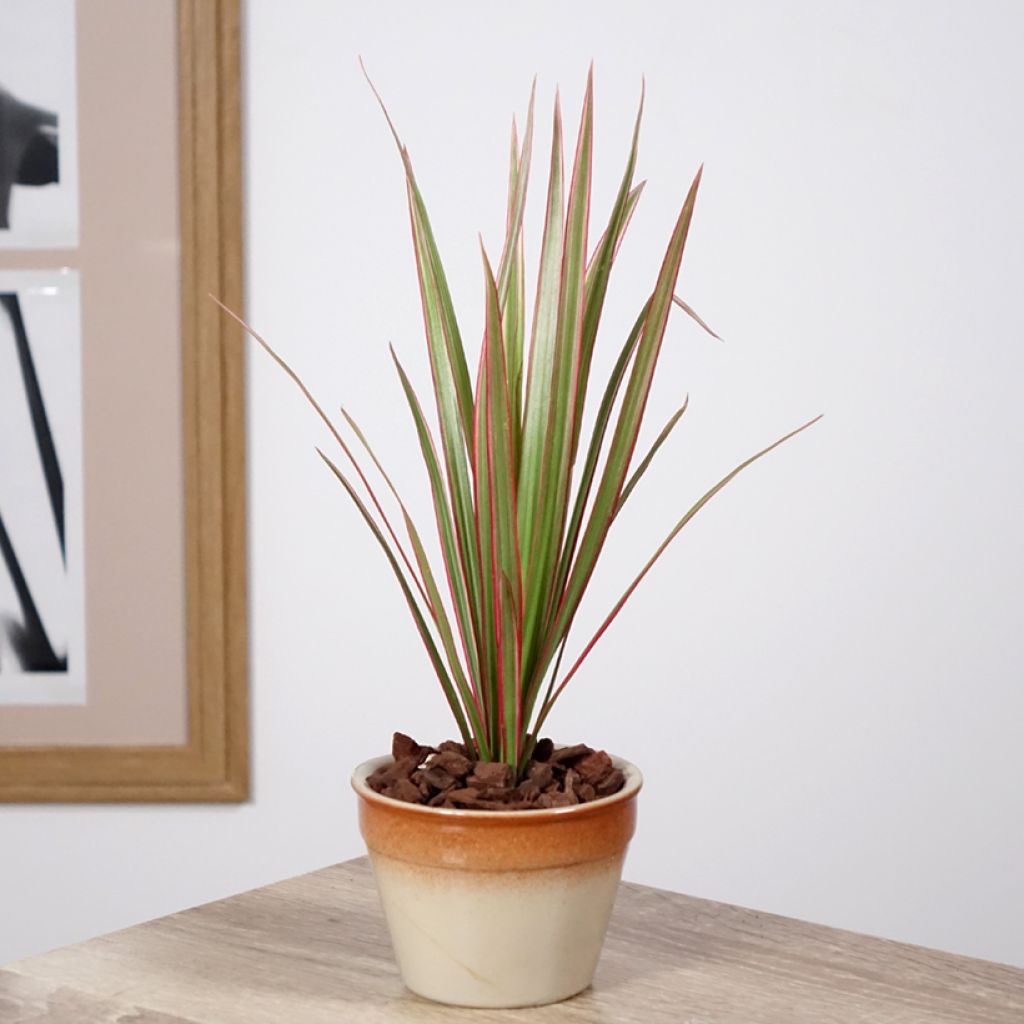

Dracaena reflexa var. angustifolia Bicolour - Dragon tree
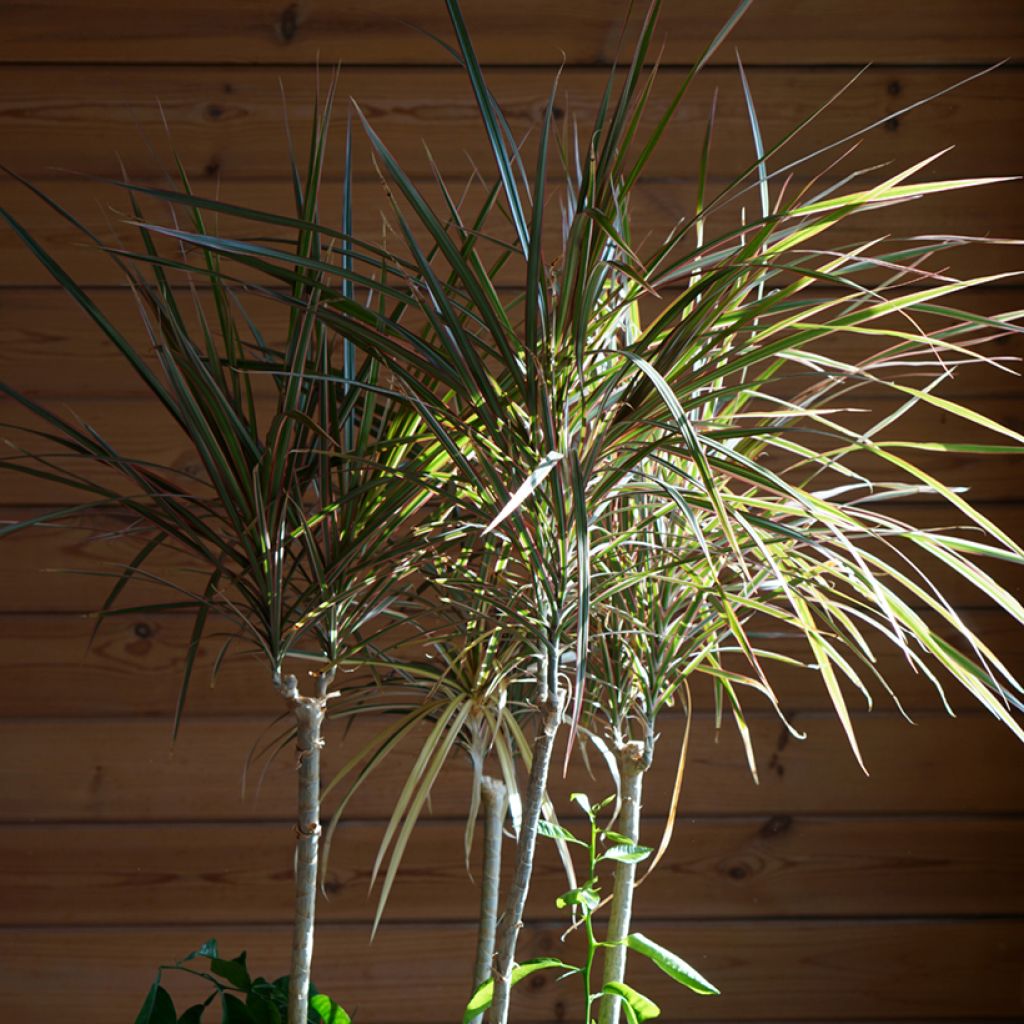

Dracaena reflexa var. angustifolia Bicolour - Dragon tree
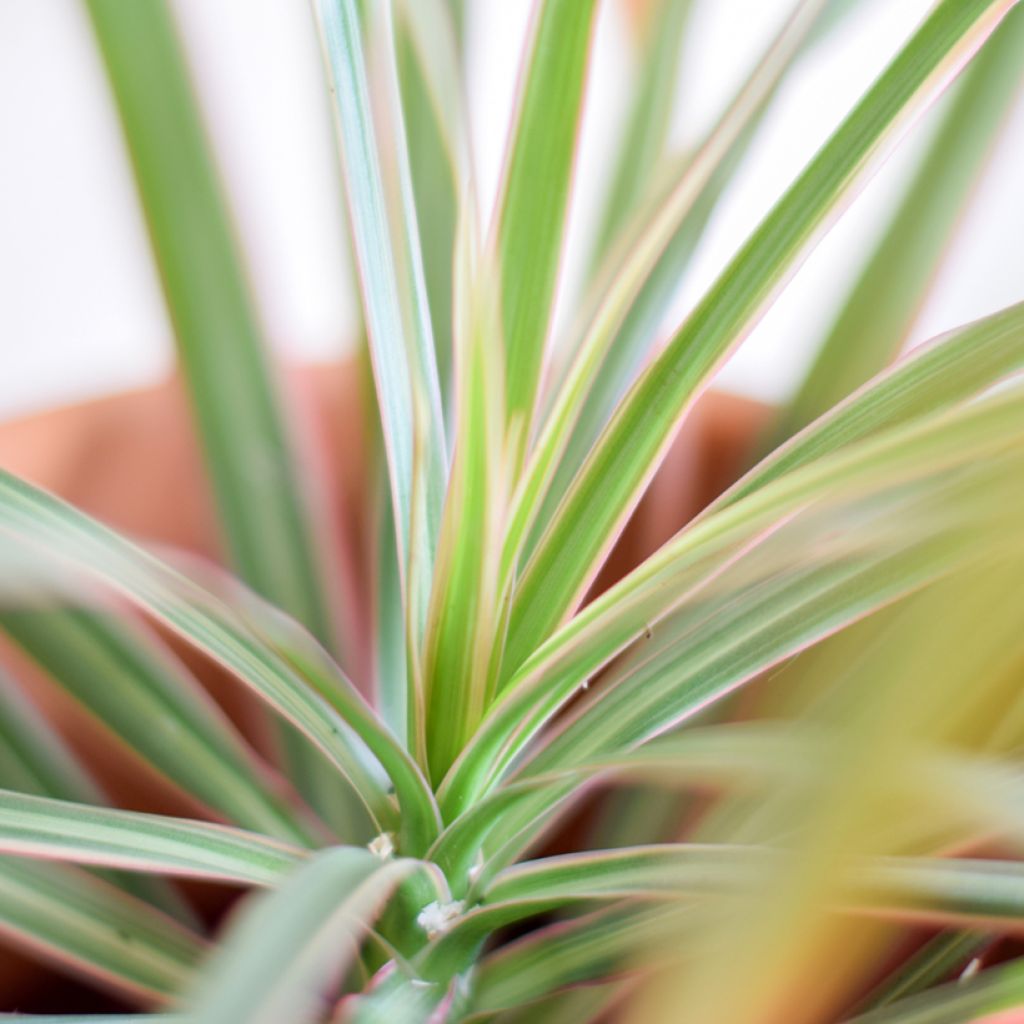

Dracaena reflexa var. angustifolia Bicolour - Dragon tree
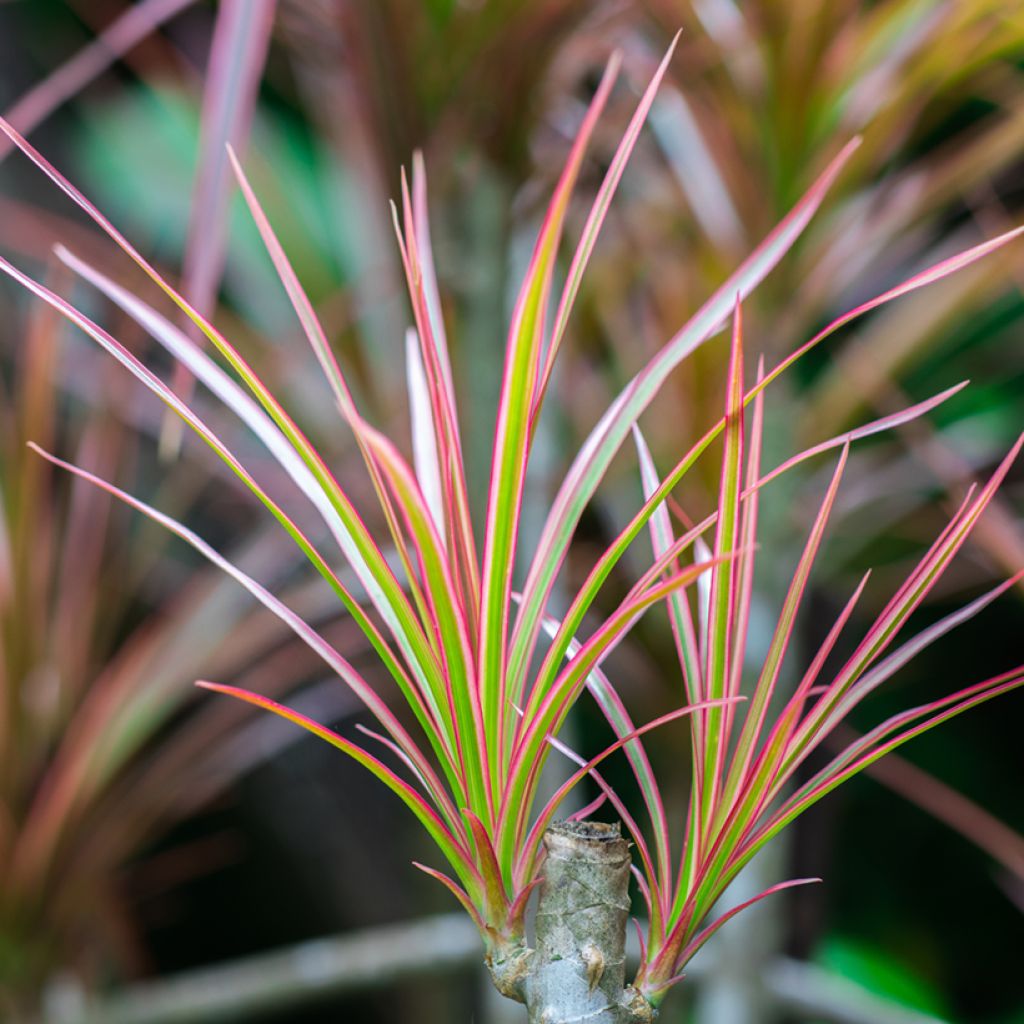

Dracaena reflexa var. angustifolia Bicolour - Dragon tree
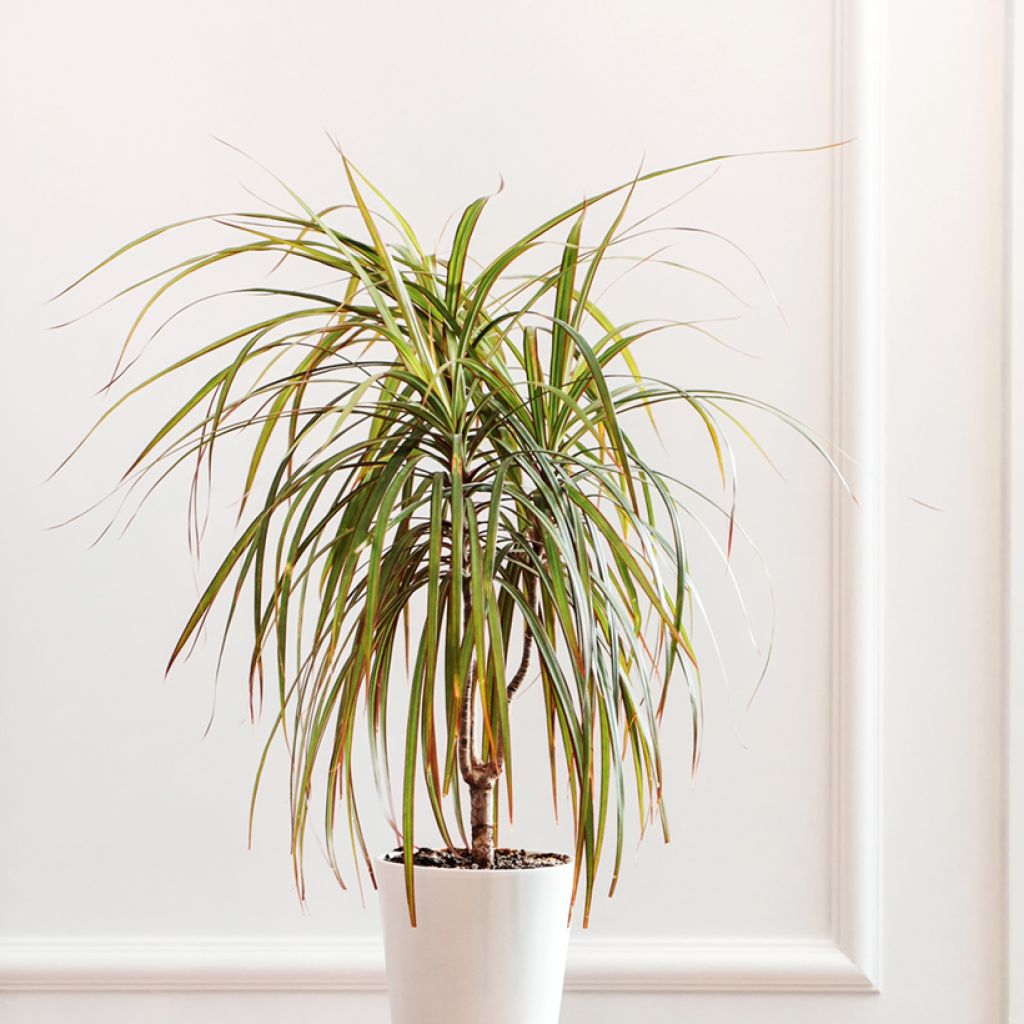

Dracaena reflexa var. angustifolia Bicolour - Dragon tree
Dracaena reflexa var. angustifolia Bicolour - Dragon tree
Dracaena reflexa var. angustifolia Bicolor
Dragon tree
Special offer!
Receive a €20 voucher for any order over €90 (excluding delivery costs, credit notes, and plastic-free options)!
1- Add your favorite plants to your cart.
2- Once you have reached €90, confirm your order (you can even choose the delivery date!).
3- As soon as your order is shipped, you will receive an email containing your voucher code, valid for 3 months (90 days).
Your voucher is unique and can only be used once, for any order with a minimum value of €20, excluding delivery costs.
Can be combined with other current offers, non-divisible and non-refundable.
Home or relay delivery (depending on size and destination)
Schedule delivery date,
and select date in basket
This plant carries a 30 days recovery warranty
More information
We guarantee the quality of our plants for a full growing cycle, and will replace at our expense any plant that fails to recover under normal climatic and planting conditions.
Description
The Dracaena marginata 'Bicolour' also known as the Madagascar Dragon Tree will add a touch of exotic elegance to your home. Its long, slender, finely edged with red leaves gracefully extend from its thick stem, resembling a small trunk. This plant thrives particularly well in a bright living room where its slender silhouette complements a contemporary or minimalist decor. Low-maintenance, it simply requires bright indirect light and moderate watering. The ideal choice for indoor plant enthusiasts seeking simplicity and beauty!
The Dracaena marginata 'Bicolour' is a horticultural selection of the Madagascar Dragon Tree, a plant from the Asparagaceae family. This cultivar stands out for its linear, long, and narrow leaves featuring a dark green centre edged with cream and then red.
The growth of the Dracaena marginata 'Bicolour' is relatively slow, with an annual shoot growth of around 10 to 15 cm. At maturity, indoors, the plant reaches a height between 1 and 2 metres with a spread of 60 to 90 cm. Its habit is upright, characterised by slender stems topped with tufts of erect leaves, giving it a slender silhouette. It is an evergreen shrubby plant. Measuring between 30 and 40 cm in length, the leaves have a smooth texture and a distinctive bicolouration. Flowering indoors is rare, however, under optimal conditions, cream-coloured flowers may appear in large, ramified spikes at the end of each stem.
Snonymous with Dracaena reflexa var. angustifolia, the Dracaena marginata is a perennial shrubby plant native to Madagascar, where it grows naturally in tropical forests. This Dragon Tree is an excellent example of tropical plants adapting to drier environments thanks to its resilient, narrow foliage.
In indoor cultivation, the Dracaena marginata 'Bicolour' prefers bright light without direct sun exposure, which could scorch its leaves. It tolerates moderate ambient humidity and adapts to the dry air of our homes, although a relative humidity of 50 to 60% is ideal. The optimal temperature ranges between 18 and 24°C and the plant is sensitive to temperatures below 15°C. Moderate watering is recommended, allowing the substrate to dry out on the surface between waterings to avoid excess moisture.
The Dracaena marginata 'Bicolour' is a beautiful specimen for a living room, office, or bright entrance. Its graphic form fits into modern, minimalist, or traditional decors. Place it in a large, sleek cache-pot or position it near a window offering soft light without direct sun. This plant is also perfect for dressing up a reading corner. To create an elegant composition, pair it, for example, with a Ficus elastica 'Tineke' whose large variegated leaves provide a contrast in texture and colour, or with a simple Ficus benjamina.
Warning - The Dracaena marginata is toxic if ingested by pets, particularly cats and dogs. It is therefore recommended to place this plant out of their reach.
Report an error about the product description
Dracaena reflexa var. angustifolia Bicolour - Dragon tree in pictures
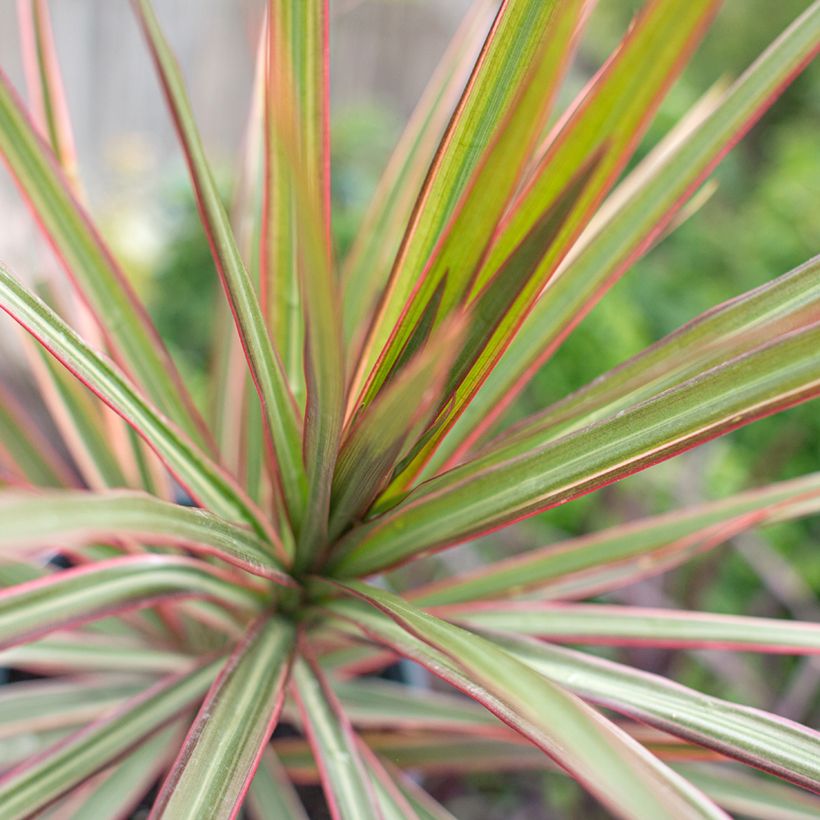



Foliage
Plant habit
Flowering
Botanical data
Dracaena
reflexa var. angustifolia
Bicolor
Asparagaceae
Dragon tree
Madagascar
Safety measures
Other Dracaena - Dragon Tree
View all →Location
Location
Maintenance and care
Watering tips
Potting advice, substrates and fertilisers
Houseplant care
Disease and pest advice
Maintenance and care
This item has not been reviewed yet - be the first to leave a review about it.
Haven't found what you were looking for?
Hardiness is the lowest winter temperature a plant can endure without suffering serious damage or even dying. However, hardiness is affected by location (a sheltered area, such as a patio), protection (winter cover) and soil type (hardiness is improved by well-drained soil).

Photo Sharing Terms & Conditions
In order to encourage gardeners to interact and share their experiences, Promesse de fleurs offers various media enabling content to be uploaded onto its Site - in particular via the ‘Photo sharing’ module.
The User agrees to refrain from:
- Posting any content that is illegal, prejudicial, insulting, racist, inciteful to hatred, revisionist, contrary to public decency, that infringes on privacy or on the privacy rights of third parties, in particular the publicity rights of persons and goods, intellectual property rights, or the right to privacy.
- Submitting content on behalf of a third party;
- Impersonate the identity of a third party and/or publish any personal information about a third party;
In general, the User undertakes to refrain from any unethical behaviour.
All Content (in particular text, comments, files, images, photos, videos, creative works, etc.), which may be subject to property or intellectual property rights, image or other private rights, shall remain the property of the User, subject to the limited rights granted by the terms of the licence granted by Promesse de fleurs as stated below. Users are at liberty to publish or not to publish such Content on the Site, notably via the ‘Photo Sharing’ facility, and accept that this Content shall be made public and freely accessible, notably on the Internet.
Users further acknowledge, undertake to have ,and guarantee that they hold all necessary rights and permissions to publish such material on the Site, in particular with regard to the legislation in force pertaining to any privacy, property, intellectual property, image, or contractual rights, or rights of any other nature. By publishing such Content on the Site, Users acknowledge accepting full liability as publishers of the Content within the meaning of the law, and grant Promesse de fleurs, free of charge, an inclusive, worldwide licence for the said Content for the entire duration of its publication, including all reproduction, representation, up/downloading, displaying, performing, transmission, and storage rights.
Users also grant permission for their name to be linked to the Content and accept that this link may not always be made available.
By engaging in posting material, Users consent to their Content becoming automatically accessible on the Internet, in particular on other sites and/or blogs and/or web pages of the Promesse de fleurs site, including in particular social pages and the Promesse de fleurs catalogue.
Users may secure the removal of entrusted content free of charge by issuing a simple request via our contact form.
The flowering period indicated on our website applies to countries and regions located in USDA zone 8 (France, the United Kingdom, Ireland, the Netherlands, etc.)
It will vary according to where you live:
- In zones 9 to 10 (Italy, Spain, Greece, etc.), flowering will occur about 2 to 4 weeks earlier.
- In zones 6 to 7 (Germany, Poland, Slovenia, and lower mountainous regions), flowering will be delayed by 2 to 3 weeks.
- In zone 5 (Central Europe, Scandinavia), blooming will be delayed by 3 to 5 weeks.
In temperate climates, pruning of spring-flowering shrubs (forsythia, spireas, etc.) should be done just after flowering.
Pruning of summer-flowering shrubs (Indian Lilac, Perovskia, etc.) can be done in winter or spring.
In cold regions as well as with frost-sensitive plants, avoid pruning too early when severe frosts may still occur.
The planting period indicated on our website applies to countries and regions located in USDA zone 8 (France, United Kingdom, Ireland, Netherlands).
It will vary according to where you live:
- In Mediterranean zones (Marseille, Madrid, Milan, etc.), autumn and winter are the best planting periods.
- In continental zones (Strasbourg, Munich, Vienna, etc.), delay planting by 2 to 3 weeks in spring and bring it forward by 2 to 4 weeks in autumn.
- In mountainous regions (the Alps, Pyrenees, Carpathians, etc.), it is best to plant in late spring (May-June) or late summer (August-September).
The harvesting period indicated on our website applies to countries and regions in USDA zone 8 (France, England, Ireland, the Netherlands).
In colder areas (Scandinavia, Poland, Austria...) fruit and vegetable harvests are likely to be delayed by 3-4 weeks.
In warmer areas (Italy, Spain, Greece, etc.), harvesting will probably take place earlier, depending on weather conditions.
The sowing periods indicated on our website apply to countries and regions within USDA Zone 8 (France, UK, Ireland, Netherlands).
In colder areas (Scandinavia, Poland, Austria...), delay any outdoor sowing by 3-4 weeks, or sow under glass.
In warmer climes (Italy, Spain, Greece, etc.), bring outdoor sowing forward by a few weeks.






























